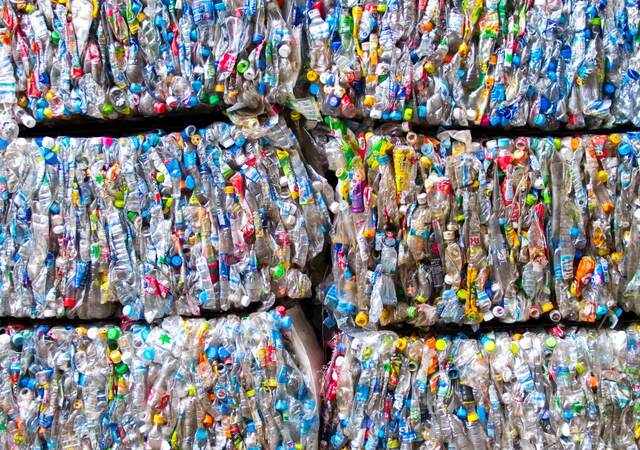The apparel industry is one of the most wasteful sectors in the world, discarding billions of dollars worth of deadstock materials, offcuts and unsold clothes into landfills, incinerators or warehouses every year1. Doing so not only depletes natural resources and contributes to greenhouse gas emissions, but it also undermines corporate profitability and the reputation of brands and manufacturers.
To address this challenge, companies need to adopt a zero-waste strategy that enables us to reduce our environmental footprint, optimize our costs and create value from our excess inventory. The extent of effort required to achieve the goal of zero waste differs from organization to organization. However, the following considerations are essential for the development and execution of an effective 100% waste diversion strategy.
Establish a baseline
The most important part of any zero-waste project is knowing how things are currently disposed of and at what rate. Establishing a baseline allows you to see what you can improve and provides a solid foundation to build on.
Begin with the end in mind
Set long-range goals, such as UL Solutions UL 2799 Environmental Claim Validation for Zero Waste to Landfill, divided into smaller short-term milestones and objectives. For example, aim for 80% diversion at the end of the first year, 90% by the end of year two and 100% by the end of year three. This approach provides a road map that helps sustain momentum and track progress.
Partner with vendors
Engage with like-minded suppliers and haulers to achieve waste diversion goals. The best partners will welcome the opportunity to contribute to the process. They may also bring a fresh perspective to waste management challenges and will likely be a source of new ideas and innovative approaches.
Pay attention to what’s measured
Rigorous data collection and reporting practices are vital to monitoring baseline performance rates and tracking improvements. Timely reporting can also help identify unanticipated problems while you can still address them.
Get everyone involved
The most successful waste reduction efforts align with the business’s overall goals and objectives. They also leverage the power of collective engagement. The commitment to a zero-waste strategy must begin at the highest levels of an organization, but every employee can contribute to success. From the design, sourcing or production teams, regular communication about program efforts and results is essential to keeping everyone engaged and committed.
Expect success to be a journey, not an event
Achieving the goal of zero waste does not happen overnight. It typically requires an ongoing commitment of resources and energy over an extended period of time. Therefore, focusing on continuous improvement can help push the effort forward even in the face of unanticipated setbacks.
It is becoming increasingly clear that reducing the amount of industrial waste destined for incinerators and landfills depends on adopting a zero-based approach to waste management. Achieving 100% waste diversion may be unrealistic for every organization. However, applying zero waste principles can significantly improve waste diversion rates in almost any setting. A zero-based approach to waste management can also stimulate efforts to attack waste generation at its source, ultimately reducing the dependence on waste diversion.
How UL Solutions can support waste reduction efforts
UL Solutions is a global leader in providing standards and comprehensive services that support and validate the efforts of organizations in creating and marketing healthier, more sustainable products and services. UL 2799A, Environmental Claim Validation Procedure (ECVP) for Zero Waste Classifications, goes beyond offering a clear methodology for measuring and validating actual waste diversion rates. It provides organizations with an effective tool for benchmarking waste diversion performance and assessing the impact of new waste diversion initiatives. Our services extend to validating waste diversion claims in accordance with UL 2799, Environmental Claim Validation Procedure for Zero Waste to Landfill, providing employees, suppliers, consumers and the public with objective information about an organization’s waste diversion efforts. This validation enables them to make informed choices that support their own environmental goals and objectives.
Get connected with our sales team
Thanks for your interest in UL's products and services. Let's collect some information so we can connect you with the right person.




